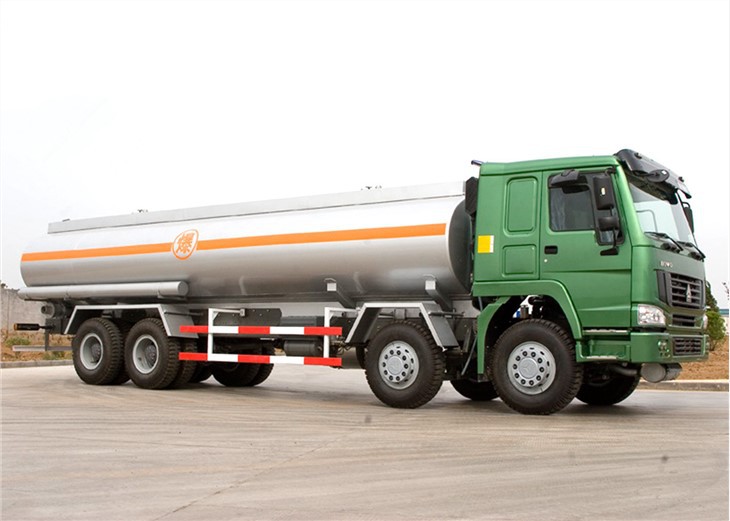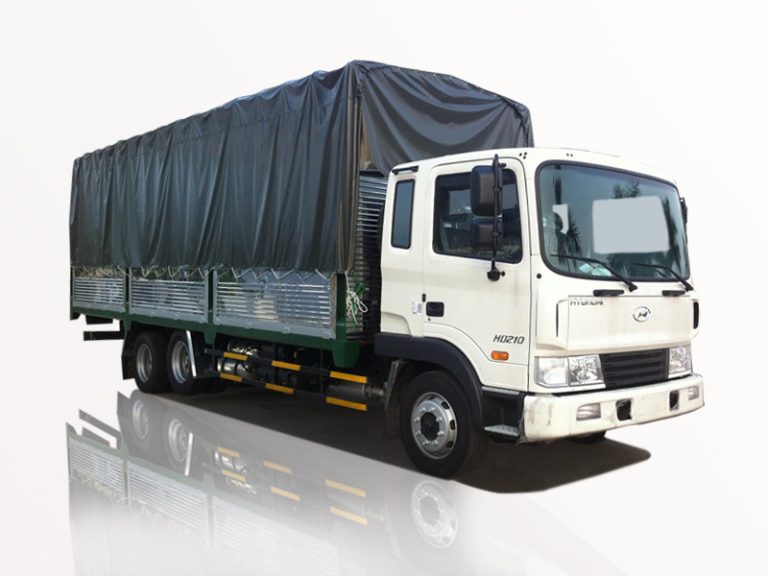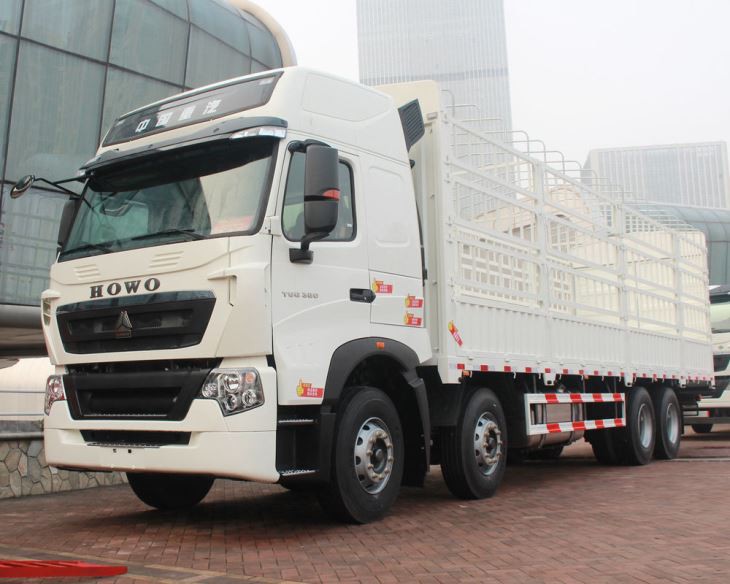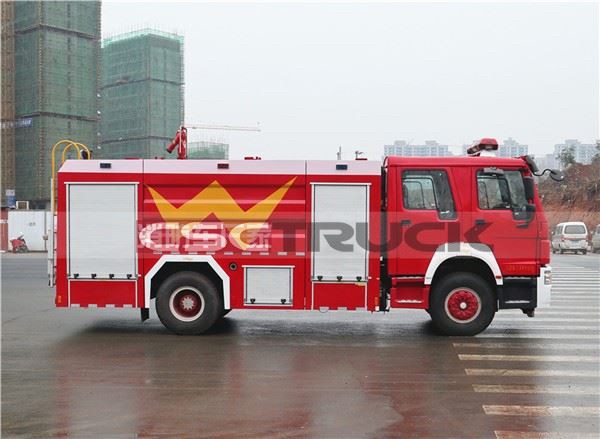Introduction
Fire truck cranes are specialized vehicles designed to enhance fire and rescue operations by combining the capabilities of firefighting apparatus with extensive lifting power. These cranes are essential tools for emergency services, allowing them to tackle challenging situations, such as rescuing individuals from high places, loading heavy equipment, or performing structural assessments. This article explores the intricacies of fire truck cranes, their features, applications, maintenance, and advancements in technology while providing valuable insights for fire departments and equipment managers.
What is a Fire Truck Crane?
A fire truck crane combines a fire engine with a crane, allowing for firefighting and rescue operations from significant heights. Unlike standard fire trucks, which focus primarily on extinguishing fires, these vehicles can lift heavy loads to assist in various emergency scenarios. The inclusion of a crane expands the versatility of firefighting efforts, especially in urban areas with high-rise buildings.
Types of Fire Truck Cranes
There are several types of fire truck cranes, each with unique features tailored for different situations:
- Articulating Fire Truck Cranes: Known for their flexibility, these cranes can extend their arms and bend at multiple points, making them ideal for navigating obstacles.
- Telescopic Fire Truck Cranes: These cranes use a sliding mechanism to extend vertically, allowing for significant height reach, making them suitable for tall buildings.
- Platform Fire Truck Cranes: Equipped with a basket or platform at the end of the crane, these are used for personnel rescue and allow firefighters to work at height safely.
Common Features of Fire Truck Cranes
Fire truck cranes come with several features that enhance their effectiveness:
- Hydraulic Systems: These systems power the crane’s movements, providing precision and strength.
- Stabilization Equipment: Outriggers and stabilizers ensure the crane remains steady during operation.
- Integrated Safety Mechanisms: Safety alarms, overload protection, and emergency shutdown features enhance the safety of operators and crew.
Applications of Fire Truck Cranes
Fire truck cranes serve various critical functions in emergency services:
Firefighting Operations
These vehicles can reach high floors of burning buildings, allowing firefighters to extinguish flames from different angles, which improves fire control and safety.
Rescue Operations
In emergency situations, such as building collapses or vehicle accidents, fire truck cranes can safely lift victims to safety or lower them to safety via basket systems.
Emergency Medical Services
In situations where patients require urgent medical assistance, fire truck cranes can provide access to higher locations, facilitating rapid medical intervention.
Construction and Maintenance Tasks
Fire truck cranes can be employed for routine building maintenance tasks, such as gutter cleaning or repairing roofs, especially in urban areas with limited access.
Choosing the Right Fire Truck Crane
Selecting the right fire truck crane for your department involves considering several factors:
Weight Capacity
Assess the maximum weight the crane can lift. Different models have various capacities, and choosing the appropriate one ensures safety and efficiency.
Reach and Height Capability
Consider the height and reach requirements based on the types of buildings in your service area. A taller reach will be necessary for high-rise structures.
Mobility
Some fire truck cranes come equipped with tracks or wheels designed for different terrains. Evaluate your department’s needs based on the geographical area served.
Budget Constraints
Fire truck cranes can be a significant investment. Departments should compare costs, including purchase, maintenance, and operational expenses.
Maintenance of Fire Truck Cranes
Regular maintenance is crucial for ensuring the safe and effective operation of fire truck cranes. Below are some essential maintenance tips:
Routine Inspections
Conduct daily inspections to check for signs of wear and tear, hydraulic fluid levels, and the integrity of cables and hoses. Regular checks can help catch issues early.
Scheduled Maintenance
Follow the manufacturer’s recommendations for scheduled maintenance, such as oil changes, filter replacements, and hydraulic system checks.
Training for Operators
Ensure that all operators are well-trained in crane operation, safety protocols, and emergency procedures. Regular training updates are also essential.
Record Keeping
Maintain comprehensive records of inspections, maintenance, and repair work for compliance and operational history.
Technological Advancements in Fire Truck Cranes
The fire service is continually evolving, and technological advancements are significantly impacting the design and efficiency of fire truck cranes:
Smart Technology Integration
Modern fire truck cranes are increasingly equipped with smart technologies. These include sensors that monitor crane stability, integrated GPS for navigation, and remote control operation for enhanced safety.
Maintenance Alert Systems
Advanced systems can now alert operators to upcoming maintenance needs, ensuring that any potential issues are addressed before they become major problems.
Enhanced Communication Systems
Upgraded communication tools allow for real-time contact with command centers, providing vital information in emergencies. This enhances coordination during fire response operations.
Case Studies: Successful Fire Truck Crane Deployments
Analyzing successful deployments of fire truck cranes can provide valuable insights:
Case Study 1: Urban High-Rise Fire
In a major city, a high-rise building caught fire on the 20th floor. Fire truck cranes were deployed, enabling firefighters to reach the flames and rescue trapped occupants swiftly. Their flexibility and reach proved crucial to the operation’s success.
Case Study 2: Industrial Accident Rescue
An extensive industrial accident requiring immediate action called for fire truck cranes to extract injured workers from elevated platforms. Quick crane deployment saved lives and facilitated medical assistance.
Case Study 3: Earthquake Aftermath
Post-earthquake recovery operations employed fire truck cranes to search for survivors trapped in debris. Their ability to navigate debris fields while providing a stable platform for rescuers was invaluable.
Cost Analysis of Fire Truck Cranes
Conducting a cost-benefit analysis of acquiring a fire truck crane can guide departments in making informed decisions. Below is a simplistic breakdown of potential expenses:
| Cost Factor | Estimated Cost |
|---|---|
| Purchase Price | $500,000 – $1,500,000 |
| Annual Maintenance | $10,000 – $20,000 |
| Operator Training | $1,500 – $3,000 |
| Insurance | $5,000 – $15,000 |
| Fuel and Operational Costs | $20,000 – $50,000 |
Frequently Asked Questions (FAQ)
What are the primary uses of fire truck cranes?
Fire truck cranes are primarily used for firefighting, rescue operations, emergency medical services, and construction maintenance tasks.
How does a fire truck crane differ from a standard fire truck?
Fire truck cranes combine the firefighting capabilities of a fire truck with the lifting power of a crane, allowing them to access high places and carry heavy loads.
What maintenance is required for fire truck cranes?
Routine inspections, scheduled maintenance as per the manufacturer’s guidelines, and operator training are essential for ensuring safety and functionality.
How much does a fire truck crane cost?
The cost of a fire truck crane can range from $500,000 to $1,500,000, depending on features and capabilities.
What training is necessary for operating a fire truck crane?
Operators should undergo comprehensive training focused on crane operation, safety protocols, and emergency procedures to ensure safe and effective use.
Are fire truck cranes equipped with modern technology?
Yes, many fire truck cranes now come with smart technology, enhanced communication systems, and maintenance alert systems to facilitate better operation and safety.



